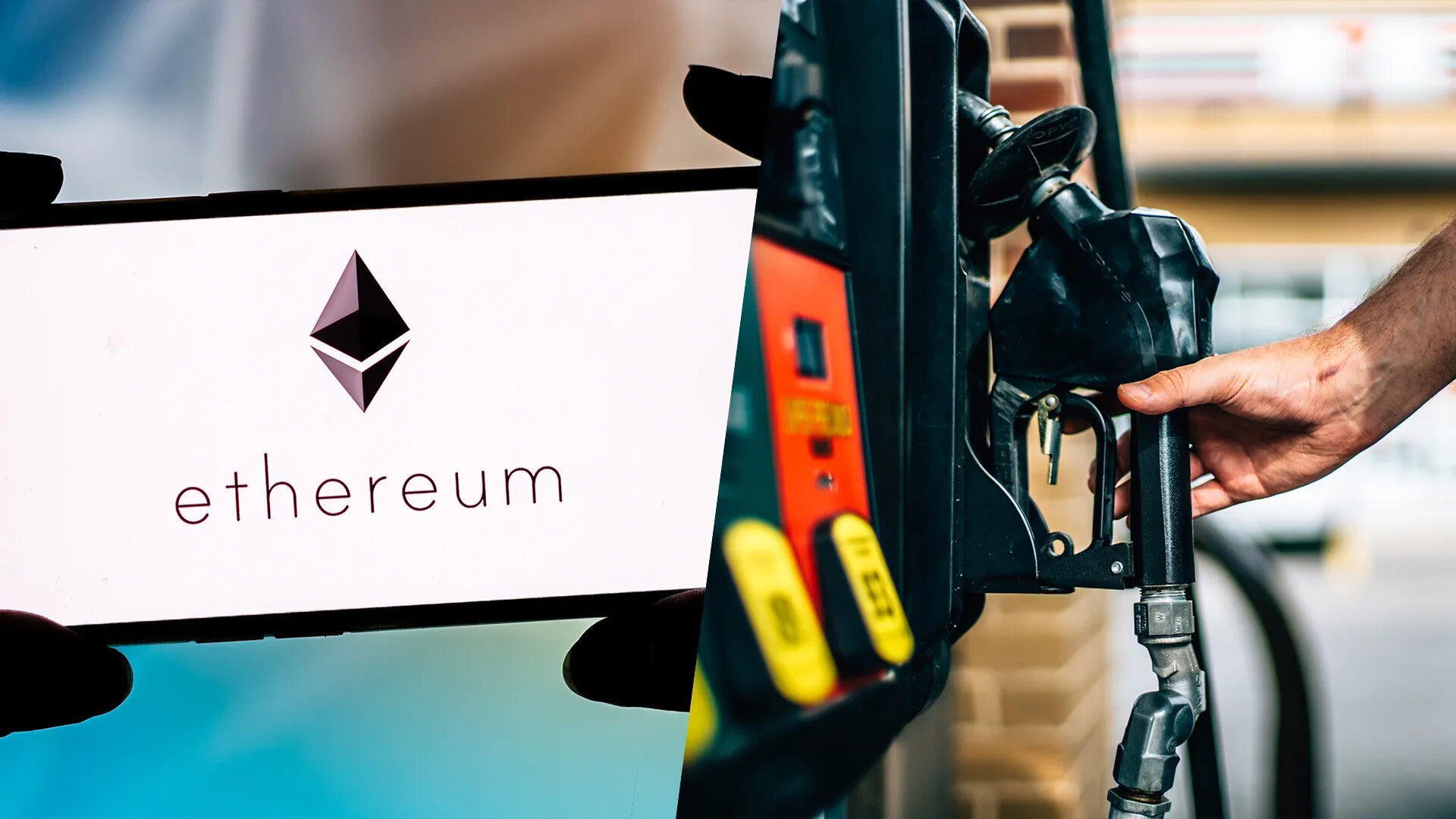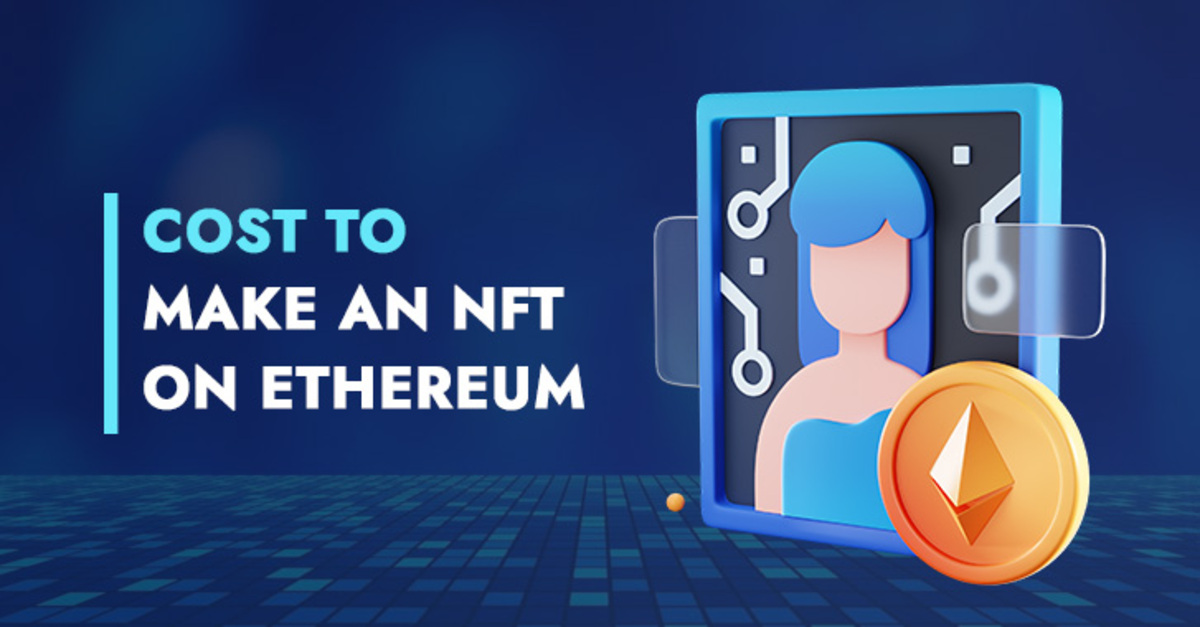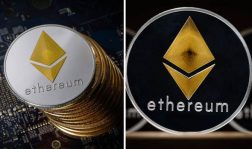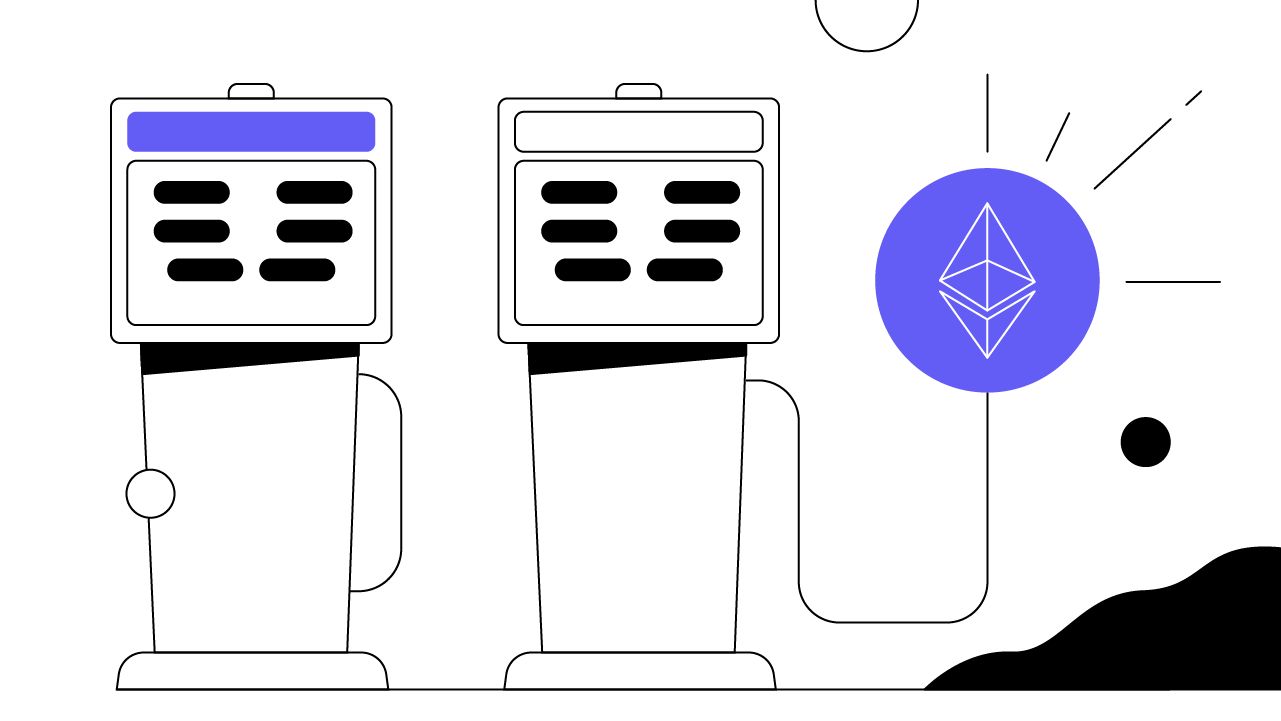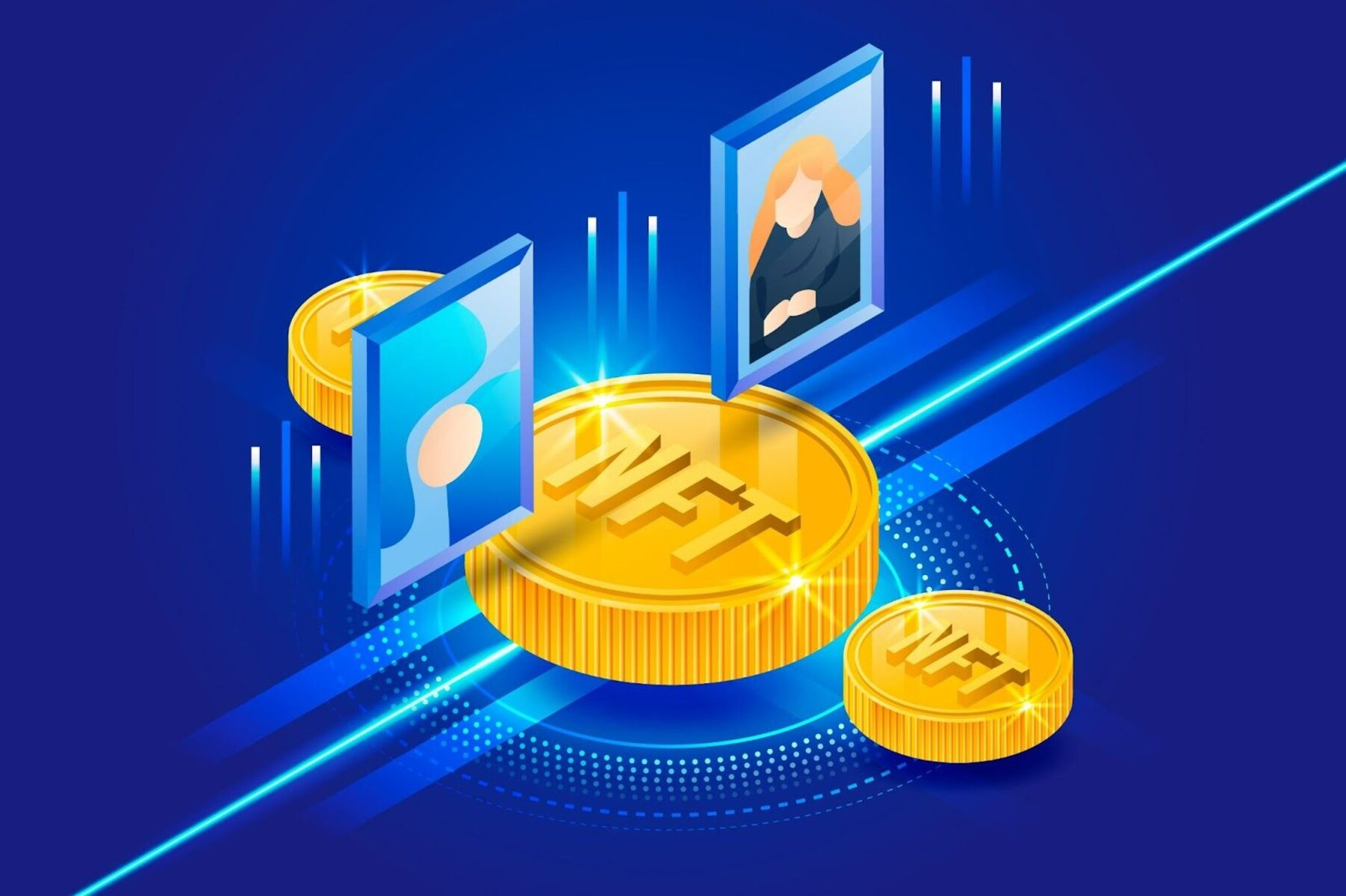Introduction
The rise of blockchain technology has revolutionized various industries, including finance, supply chain management, and digital asset ownership. At the core of blockchain technology is the concept of transactions, where data is securely recorded and stored on a distributed ledger. However, one aspect that often perplexes users is the transaction fees associated with blockchain networks.
Blockchain transaction fees refer to the cost incurred by users when processing and validating transactions on a blockchain network. These fees serve multiple purposes, including incentivizing miners or validators to include transactions in blocks and maintaining the overall security and efficiency of the network. Understanding how blockchain transaction fees work is essential for individuals and organizations navigating the world of decentralized applications (DApps), cryptocurrencies, and smart contracts.
In this article, we will delve into the intricacies of blockchain transaction fees, exploring their significance, factors that influence their pricing, and various models used to determine the fees. Additionally, we will examine real-world examples and discuss the benefits and challenges associated with blockchain transaction fees. Finally, we will compare the transaction fees across different blockchains, facilitating a better understanding of the costs involved.
Whether you are a cryptocurrency investor, a blockchain enthusiast, or a business owner considering implementing blockchain technology, gaining insight into blockchain transaction fees will empower you to make informed decisions and optimize your blockchain experience.
What is Blockchain?
Blockchain is a decentralized and distributed digital ledger technology that allows multiple participants to maintain a shared database without the need for a central authority. It is the underlying technology behind cryptocurrencies like Bitcoin and Ethereum but has far-reaching applications beyond digital currencies.
At its core, a blockchain is a chain of blocks, with each block containing a list of transactions. These blocks are linked together in a chronological order, creating an immutable and transparent record of all transactions. Unlike traditional databases that are stored in a single location, a blockchain is replicated across a network of computers or nodes, ensuring redundancy and resilience.
What sets blockchain apart is its unique consensus mechanism. Instead of relying on a central authority to validate transactions, blockchain uses a consensus algorithm where multiple nodes in the network agree on the validity of transactions. This decentralized validation process ensures transparency, security, and resistance to censorship or fraud.
Blockchain technology offers several key features that contribute to its appeal and potential applications. Firstly, the decentralized nature of blockchain eliminates the need for intermediaries, resulting in faster and more cost-effective transactions. Secondly, the immutability of blockchain records ensures the integrity of data and reduces the risk of tampering or unauthorized changes. Thirdly, blockchain enables secure peer-to-peer transactions, without the need to trust a third party.
Moreover, blockchain has the potential to facilitate smart contracts, which are self-executing agreements with predefined conditions. These contracts are stored on the blockchain and automatically execute transactions when the conditions are met. This eliminates the need for intermediaries, reduces administrative costs, and enhances the efficiency of contract management.
Overall, blockchain technology has the potential to disrupt multiple industries, including finance, supply chain, healthcare, and more. By decentralizing trust and enabling transparent and secure transactions, blockchain opens up new possibilities for innovation, efficiency, and inclusivity.
How Blockchain Processes Transactions
Blockchain technology processes transactions through a series of steps to ensure transparency, security, and immutability.
The process begins when a user initiates a transaction by creating a digital record. This record contains relevant information such as the sender’s public key, the recipient’s public key, and the amount being transferred. The transaction is then propagated to the network of nodes participating in the blockchain.
Once the transaction reaches the network, miners or validators in the blockchain network start verifying its validity. They check various aspects like whether the sender has sufficient funds, if the transaction follows the network’s rules, and if the digital signatures are valid. This verification process ensures that fraudulent or invalid transactions are not included in the blockchain.
After the verification, the transaction is bundled together with other valid transactions into a block. This block is added to the existing blockchain, following the consensus rules of the network. Different blockchains may use different consensus algorithms, such as proof of work (PoW) or proof of stake (PoS), to determine which miner or validator gets the opportunity to add the block.
Once a block is added to the blockchain, it is virtually impossible to modify or tamper with the transaction records contained within it. The decentralized nature of the blockchain ensures that copies of the blockchain are stored across multiple nodes, making it highly resilient against attacks or data loss.
The completed transaction is now visible to all participants in the blockchain network. This transparency allows users to independently verify the transaction history without relying on a central authority.
In order to incentivize miners or validators to process and validate transactions, a reward system is usually in place. For example, Bitcoin miners are rewarded with newly minted bitcoins for successfully adding a block to the Bitcoin blockchain. Additionally, transaction fees paid by users can serve as an additional incentive for miners or validators to prioritize specific transactions.
Overall, the transaction processing in blockchain technology combines elements of cryptographic security, consensus mechanisms, and distributed ledger technology to create a transparent and tamper-proof system.
Factors that Affect Blockchain Transaction Fees
Blockchain transaction fees are influenced by several factors, which can vary depending on the specific blockchain network. Understanding these factors is crucial for users to estimate and optimize their transaction costs.
1. Network Congestion: The level of network congestion plays a significant role in determining transaction fees. When the number of pending transactions is high, users may need to pay higher fees to incentivize miners or validators to prioritize their transactions over others. Conversely, during periods of low network activity, transaction fees tend to be lower.
2. Block Size and Time: Blockchains have limitations on their block size and the time it takes to produce new blocks. If a blockchain has a smaller block size or longer block production time, it can accommodate a limited number of transactions in each block. In such cases, users may have to pay higher fees to compete for limited space in the blocks.
3. Transaction Complexity: The complexity of the transaction can also impact the transaction fee. Transactions that require more computational resources or involve smart contracts may require higher fees to compensate for the additional processing and storage costs.
4. Fee Market Dynamics: Some blockchains operate with a fee market system, where users can set their desired transaction fees based on the current market conditions. In such cases, supply and demand for block space directly affect the transaction fees.
5. External Factors: External factors, such as the overall market sentiment of cryptocurrencies and the availability of alternative blockchain networks, can also influence transaction fees. Market volatility and the popularity of certain blockchains may impact the cost of transactions.
6. Fee Model: Each blockchain network may have its own fee model, which determines how transaction fees are calculated. Some networks have a fixed fee per transaction, while others may consider factors like the transaction size, data storage requirements, and the type of operation involved.
It is important for users to keep these factors in mind when planning their transactions. By monitoring network conditions, understanding the fee structure, and optimizing transaction parameters, users can minimize their transaction fees while ensuring timely confirmation and inclusion in the blockchain.
Common Blockchain Transaction Fee Models
Blockchain networks employ different models to calculate transaction fees, depending on their design and consensus mechanisms. Here are some common transaction fee models:
1. Fixed Fee: In this model, the transaction fee remains constant regardless of the transaction size or network conditions. Users pay a fixed fee for every transaction, ensuring predictability but potentially leading to higher fees during periods of network congestion.
2. Dynamic Fee: This model adjusts the transaction fee based on the network congestion and demand for block space. Users can set a desired fee or let the network automatically calculate an appropriate fee to prioritize their transactions. Dynamic fee models aim to ensure timely confirmation while optimizing fees.
3. Fee Market Auction: Some blockchains implement fee markets where users compete for block space by bidding with higher transaction fees. Miners or validators select transactions with higher bids, creating a market-based system where fees are determined by supply and demand. This model allows users to prioritize their transactions by paying higher fees.
4. Fee Rate per Data Size: Certain blockchains charge fees based on the size of the transaction data. Transactions with larger data require more storage space on the blockchain, and users are charged accordingly. This model encourages users to keep their transactions concise and efficient.
5. Priority Fee: In networks with priority fees, users have the option to pay an extra fee to ensure faster confirmation and inclusion in the next block. This model provides users with a way to expedite their transactions when time is of the essence.
It’s important for users to understand the transaction fee model used by the blockchain network they are using or interacting with. By familiarizing themselves with the fee structure, users can make informed decisions about their transactions, considering factors such as urgency, transaction size, and network congestion.
It’s worth noting that transaction fee models may evolve over time as blockchain networks aim to strike a balance between efficiency, fairness, and user experience. Users should stay updated with the latest developments and fee structures to optimize their transaction costs.
Examples of Blockchain Transaction Fees
Transaction fees vary across different blockchain networks and can fluctuate based on network conditions and user preferences. Here are a few examples of blockchain transaction fees:
1. Bitcoin (BTC): Bitcoin, the first and most well-known cryptocurrency, has a transaction fee that depends on factors like network congestion and transaction size. As of writing, the average transaction fee for a standard Bitcoin transaction ranges from a few cents to a few dollars.
2. Ethereum (ETH): Ethereum, a blockchain platform that supports smart contracts and decentralized applications, also has transaction fees. The fee in Ethereum is called “gas,” and it is used to pay for computational resources required to execute transactions and run smart contracts. The gas price can vary, but as of now, it can range from a few cents to a few dollars.
3. Binance Smart Chain (BSC): Binance Smart Chain, a blockchain platform developed by the cryptocurrency exchange Binance, has gained popularity due to its lower transaction fees compared to Ethereum. The transaction fees on BSC are paid in Binance Coin (BNB) and can range from a fraction of a cent to a few cents.
4. Ripple (XRP): Ripple, a digital payment protocol and cryptocurrency, uses transaction fees to prevent network spam. The transaction fee for Ripple is determined by the network and is usually a fraction of a cent.
5. Stellar (XLM): Stellar, a blockchain platform designed for fast and low-cost transactions, also charges fees to prevent network spam. The transaction fee for Stellar is typically a fraction of a cent.
It’s important to note that transaction fees can vary based on the size and complexity of the transaction, network conditions, and the fee model used by the blockchain network. Additionally, users may have the option to set higher fees to prioritize faster confirmation or adjust fees based on their urgency and preferences.
Blockchain networks are constantly evolving, and transaction fees may change over time as network scalability and efficiency improve. Users should stay informed about the latest fee structures and explore different blockchain networks to find the most suitable option for their transaction needs.
Benefits of Blockchain Transaction Fees
Blockchain transaction fees offer several benefits to the ecosystem, users, and the overall network. These benefits contribute to the sustainability, security, and efficiency of blockchain technology. Here are some key advantages of blockchain transaction fees:
1. Network Security: Transaction fees play a crucial role in maintaining the security of blockchain networks. By charging fees, blockchain networks incentivize miners or validators to process transactions and secure the network. Miners dedicate computational power and resources to validate transactions, ensuring the integrity and immutability of the blockchain.
2. Spam Prevention: Transaction fees act as a deterrent against spam and frivolous transactions. By requiring users to pay a fee, blockchain networks discourage malicious actors from flooding the network with low-value or unnecessary transactions. This helps maintain network performance and prevents congestion.
3. Efficient Resource Allocation: Transaction fees promote efficient resource allocation within the blockchain network. In a competitive fee market or dynamic fee model, users who require faster confirmation can pay higher fees to prioritize their transactions. This ensures quicker processing for time-sensitive transactions and allows the network to allocate resources based on the demand.
4. Incentivization for Miners: Transaction fees provide an incentive for miners or validators to include transactions in blocks. In addition to block rewards, fees serve as a revenue stream for miners, compensating them for their computational resources and acting as a motivation to continue securing the blockchain network. This incentivization helps sustain the decentralized nature of blockchain systems.
5. Network Governance: Blockchain networks often use transaction fees as a means of governance and decision-making. Voting or governance mechanisms may require users to stake or lock up a certain amount of cryptocurrency, which contributes to network security and participation. Transaction fees can be used to encourage active participation in governance processes, ensuring a resilient and democratic blockchain network.
6. Decentralization and Trust: Transaction fees in blockchain networks facilitate decentralized and trustless transactions. By eliminating the need for intermediaries and relying on cryptographic algorithms and consensus mechanisms, blockchain ensures that transactions can be conducted directly between participants without the need for a central authority. Transaction fees further support this decentralization by providing an incentive structure that operates independently of a central entity.
Overall, transaction fees are an integral part of the blockchain ecosystem, serving important functions such as network security, resource allocation, spam prevention, incentivization, governance, and enabling trustless transactions. While transaction fees are incurred by users, the benefits they bring to the blockchain network as a whole are essential for its sustainable growth and long-term success.
Challenges and Limitations of Blockchain Transaction Fees
While blockchain transaction fees provide various benefits, there are also challenges and limitations associated with them. These factors need to be considered when using blockchain technology. Here are some key challenges and limitations of blockchain transaction fees:
1. Cost Variability: Transaction fees in blockchain networks can be volatile, especially during periods of high network congestion. Users may experience significant fluctuations in fees, making it challenging to predict and budget transaction costs accurately. This variability can affect the affordability and accessibility of blockchain applications for users with limited resources.
2. Scalability Concerns: Some blockchain networks face scalability issues, primarily due to their limited transaction processing capacity. As transaction volumes increase, the congestion on the network can lead to higher fees and slower transaction confirmation times. Scalability solutions such as layer 2 protocols and sharding aim to address these challenges, but they are still under development.
3. User Experience: Complex fee models and fee estimation mechanisms can make the user experience for blockchain transactions confusing and less intuitive. Many users may not fully understand how fees are calculated or struggle to determine the appropriate fee to ensure timely confirmation. Improving fee estimation tools and providing user-friendly interfaces can help address this challenge.
4. Centralization Risks: In some blockchain networks, high transaction fees can lead to centralization risks, as users with large resources can monopolize block space by paying higher fees. This concentration of power contradicts the principles of decentralization that underpin most blockchain platforms. Balancing fee structures to prevent excessive centralization is an ongoing concern for blockchain developers and communities.
5. Barriers to Adoption: High transaction fees can pose barriers to the widespread adoption of blockchain technology, especially for microtransactions or use cases where low-cost transactions are critical. For certain industries or regions with limited financial resources, the cost of blockchain transactions may limit participation and hinder broader adoption of blockchain-based solutions.
6. Environmental Impact: Some blockchain networks, especially those employing proof-of-work consensus mechanisms, consume substantial amounts of energy. As transaction fees incentivize miners, higher fees can drive greater mining activity, leading to increased energy consumption and carbon footprint. Exploring more energy-efficient consensus algorithms and transitioning to greener alternatives can help mitigate these environmental concerns.
Addressing these challenges and limitations requires ongoing research, innovation, and community collaboration in the blockchain space. Implementing scalability solutions, improving user interfaces, optimizing fee models, and transitioning to more sustainable consensus mechanisms are key areas that can contribute to overcoming these limitations and promoting the wider adoption of blockchain technology.
Comparison of Blockchain Transaction Fees across Different Blockchains
Transaction fees vary significantly across different blockchain networks due to differences in design, consensus mechanisms, and network conditions. Here is a comparison of transaction fees for some popular blockchains:
1. Bitcoin (BTC): Bitcoin, being the first and most widely adopted cryptocurrency, has experienced scalability challenges and increased transaction fees during periods of high network congestion. Transaction fees on the Bitcoin network can range from a few cents to several dollars, depending on the transaction size and network demand.
2. Ethereum (ETH): Ethereum has also faced scalability issues, resulting in higher transaction costs during peak usage. Transaction fees on the Ethereum network are determined by the gas price, which can vary significantly based on network conditions and the complexity of the transaction or smart contract. Fees can range from a fraction of a cent to several dollars.
3. Binance Smart Chain (BSC): Binance Smart Chain, developed by the cryptocurrency exchange Binance, has gained popularity for its lower transaction fees compared to Ethereum. Transaction fees on BSC are paid in Binance Coin (BNB) and can range from fractions of a cent to a few cents, making it an attractive option for users seeking lower-cost transactions.
4. Ripple (XRP): Ripple, a digital payment protocol, has very low transaction fees to prevent network spam. The transaction fee on the Ripple network is typically a fraction of a cent, making it an efficient choice for fast and low-cost transactions.
5. Stellar (XLM): Stellar, designed for fast and low-cost transactions, also charges very low fees to prevent spam. Transaction fees on the Stellar network are usually a fraction of a cent, making it an affordable option for various use cases.
It’s essential to note that transaction fees can vary based on factors such as network congestion, transaction complexity, and the fee model employed by the blockchain network. Additionally, new developments and technological advancements may impact transaction fees over time.
Blockchain networks are continuously exploring scalability solutions and fee optimizations to improve user experience and reduce costs. Layer 2 protocols, such as the Lightning Network for Bitcoin and the upcoming Ethereum 2.0 upgrade, aim to increase transaction throughput and reduce fees by offloading some transactions to secondary layers or transitioning to more efficient consensus mechanisms. These developments hold the potential to improve scalability and reduce transaction costs across various blockchain networks.
As the blockchain ecosystem evolves, users and developers should consider the trade-offs between transaction fees, scalability, security, and decentralization to choose the blockchain platform that best fits their specific needs.
Conclusion
Blockchain transaction fees are a fundamental aspect of blockchain technology, playing a vital role in incentivizing network participants, prioritizing transactions, and maintaining overall security and efficiency. These fees vary across different blockchain networks and can be influenced by factors such as network congestion, transaction complexity, and fee models employed by the blockchain networks.
Transaction fees offer several benefits, including network security, spam prevention, efficient resource allocation, and incentivization for miners or validators. They contribute to the decentralization and trustless nature of blockchain technology, enabling secure and transparent peer-to-peer transactions.
However, blockchain transaction fees also face challenges and limitations, such as cost variability, scalability concerns, user experience issues, centralization risks, barriers to adoption, and environmental impact. Overcoming these challenges requires ongoing research, technological advancements, and community collaboration in the blockchain space.
It’s important for users to understand the transaction fee structures of the blockchain networks they are using and optimize their transaction parameters accordingly. Monitoring network conditions, staying updated on fee models, and exploring different blockchain options can help users manage transaction costs effectively.
As blockchain technology continues to evolve, scalability solutions, fee optimizations, and greener consensus mechanisms hold promise for improving transaction fees, scalability, and sustainability. Users should stay informed about the latest developments and choose blockchain networks that align with their specific transaction needs and values.
By understanding and navigating blockchain transaction fees, individuals, businesses, and industries can fully leverage the potential of blockchain technology, driving innovation, efficiency, and transparency in various domains.









